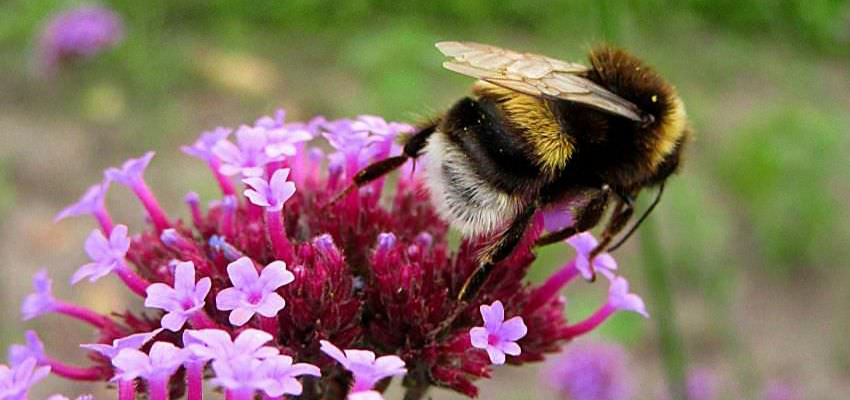
Life is a learning experience. As far as we know, it continues until we die. I can’t relate to afterwards until somebody’s shared that with me. In the meantime, each day we have opportunities present themselves to us. I think our experiences with nature serve as reminders to us that we’re a living, changing part of the whole creation around us. Recently, my wife and I had a reminder of that.
For months, we enjoyed watching sunsets seated on a bench beside our driveway under a huge cedar tree. I’d set a hard rectangular shaped rubberized pad on the ground under the tree as a stable base for the bench and all was well until about four months ago. One August afternoon, we were seated there awaiting dusk when our dog began going after a large bee. She’s had some odd obsession since she was a pup to try and catch insects. We only wish she preferred mosquitoes over bees.
At first we ignored the dog since as soon as she’d get stung she normally gives up this crazy activity. Well, as it turned out our dog wasn’t the only one that ended up frantically dodging and eventually running from a bee. The one bee all of a sudden became several and it seemed like they were coming out from under where we were sitting and they began coming after my wife and I. The bees were really upset and wouldn’t give up going after us, even when my wife and I ended up running all the way across our front yard to escape. After at least three stings I was plenty upset too.
I went into the garage and came back with two cans of wasp spray and had a shoot-out with the swarm coming out from under our bench platform. Two empty cans later and with about 10-15 bees littering the driveway, the attack ended about the time my own swelling became painfully noticeable. The time I spent with ammonia and baking soda to ease the symptoms gave me a chance to reflect on what had just happened. The only kind of bees I was aware of that might have been anywhere near the tree, I thought were Carpenter Bees. I’d seen enough of them boring into some of my outdoor woodwork to think maybe they had a nest under my bench. To confirm it, I did something nutty.
Now that the bees had retreated, I snuck up and carefully took away the bench. Next, I came up with a leaf rake and hooking the edge of platform, pulled on it and managed to drag it quickly a couple of feet away from where it had sat. What I viewed besides dozens more bees caused me to rethink what I was doing. There underneath where my platform and bench had sat was a rounded sphere of protruding tan and yellowish nodules covered with bees. What I was dealing with were definitely not Carpenter Bees. This is when what I had learned taking some Florida Master Naturalist Programs (FMNP) courses started me proactively thinking. Instead of reacting to what I’d just experienced, I needed more information.
Going to the www, I looked up Carpenter Bees and soon began seeing images of the large bees I’d been killing and their nests. These bees weren’t Carpenter Bees, but Bumblebees. Suddenly I was ashamed of what I was doing. Afterall, I was supposed to have an informed attitude toward flora and fauna. What made my guilt even worst was the sign we had posted on the very Cedar tree near the nest. My property was supposed to be a place safe for our dwindling wildlife, a refuge so to speak. Who was acting like the more intelligent creature here? For the most part is was the Bumblebees. I resolved right then and there to change that.
I read as much as I could about our Bumblebee nest and returned to the driveway and carefully removed the platform and stealthily replaced it with an unused recycling bin, which I set upside down covering the nest. Within a few minutes the upset bees calmed and disappeared underneath the bin to their nest. We resolved to protect our newly discovered pollinators by posting a warning sign to keep hapless souls from meeting the Bumblebees like we did. I also waited until evening, when they were inside, to set a place with sugared water outside the bin.
Though there was a number of them that died off from my ignorant spraying, the nest seemed to survive and flourish. Since that day we’ve marveled at the sight of countless Bumblebees forging about the many flowers on our property. There’s been a continuous trail of them flying back and forth to their nest. With each of our seasons’ hurricanes we’ve watched over our Bumblebees and protected them as best we could. It’s now November, once it gets cooler the Queen is supposed to either die, hatch new Queens and then go away to form a new colony, or she might like our spot and stay.
Either way, we’re now glad that we had the experience with our Bumblebees. They reminded us of how special and vibrant the natural world is around us. Their presence prompted us to learn more and to share that knowledge more with others. In fact, next week I’ll be speaking to a local gardening group about how the FMNP’s learning opportunities can help us be better stewards of our environment.

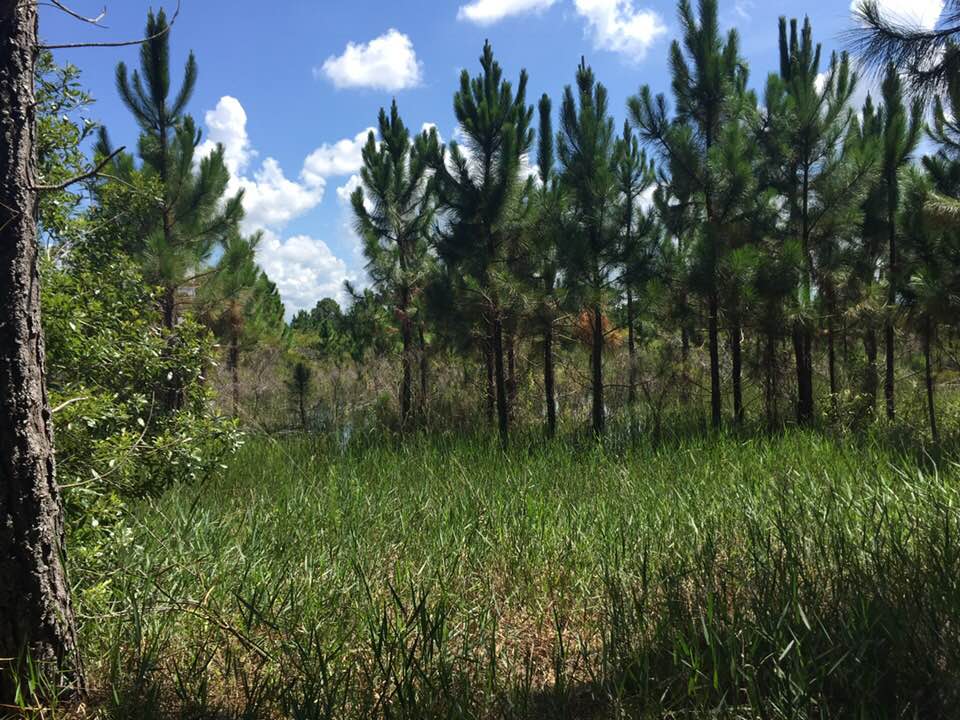
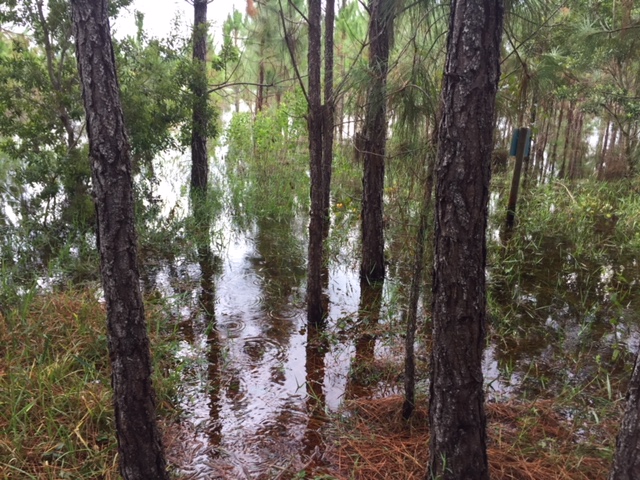
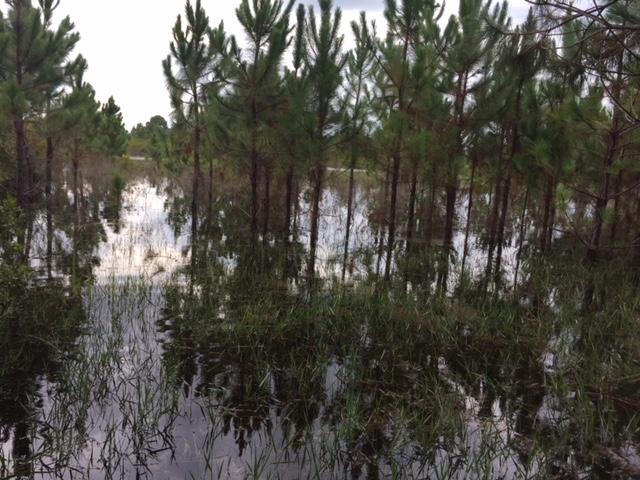
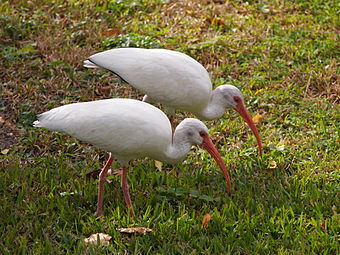
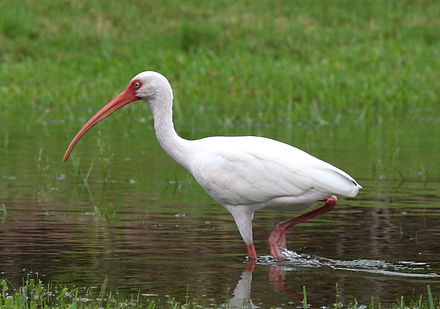
 I will never forget my 10th-grade history teacher Mr. Fekete. He had a way of opening up history to me that has captivated me ever since.
I will never forget my 10th-grade history teacher Mr. Fekete. He had a way of opening up history to me that has captivated me ever since.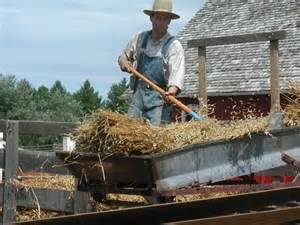 We learned how different kinds of maps could tell you all kinds of things about an area. This use of maps carried over for me personally in my decades of subscriptions to National Geographic magazine. Issues of the magazine included wonderfully descriptive maps that I collected and studied. Over the years, I traveled the world and even into space through these informative maps. These maps continued my journey through history with their footnotes and callout features. They helped me in my awareness of history and I relied on them as I did various other sources of history. Then one day I learned something disturbing about how some things are published.
We learned how different kinds of maps could tell you all kinds of things about an area. This use of maps carried over for me personally in my decades of subscriptions to National Geographic magazine. Issues of the magazine included wonderfully descriptive maps that I collected and studied. Over the years, I traveled the world and even into space through these informative maps. These maps continued my journey through history with their footnotes and callout features. They helped me in my awareness of history and I relied on them as I did various other sources of history. Then one day I learned something disturbing about how some things are published.
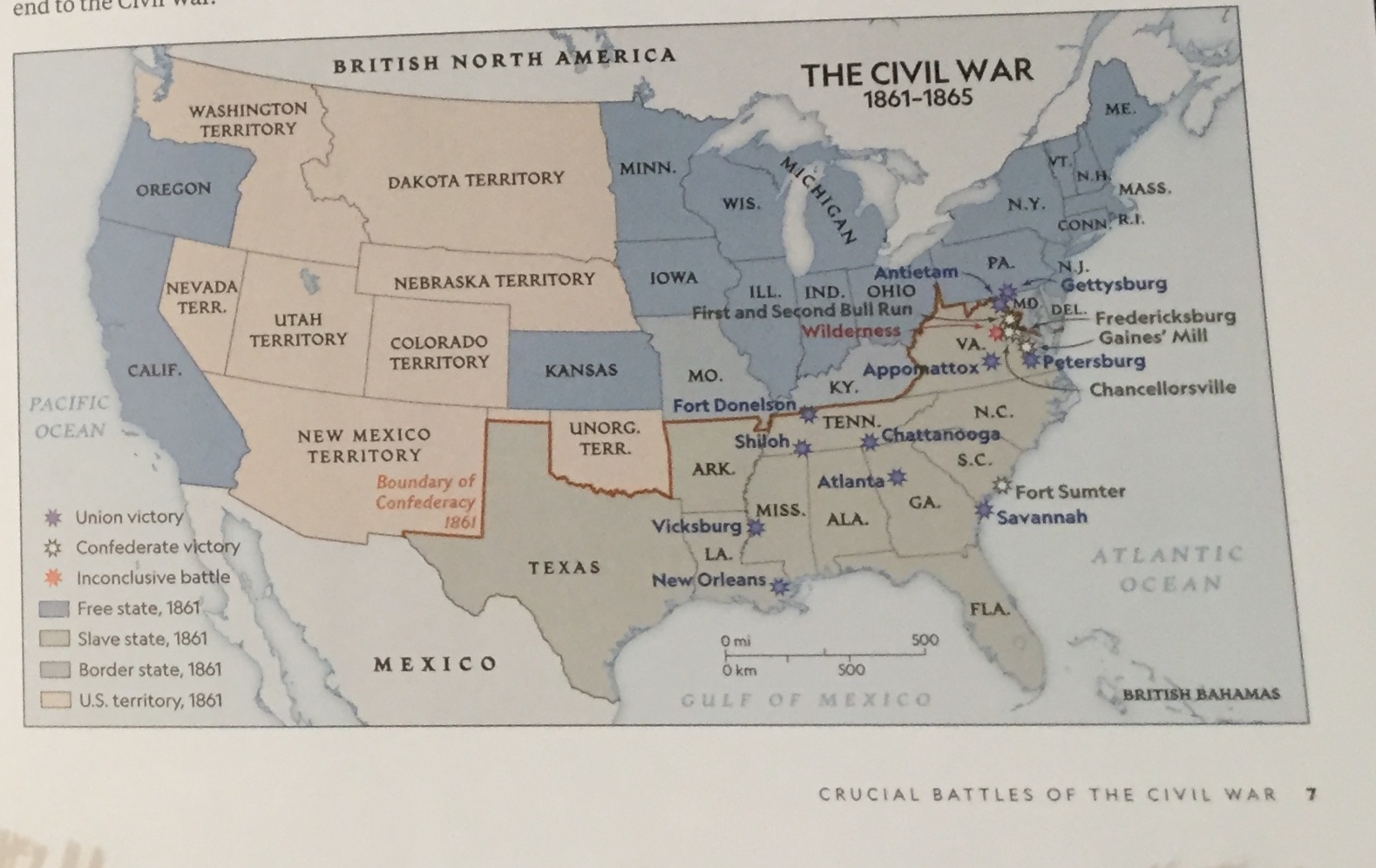 Reading through its exquisite photos and maps I came across one of their maps encompassing the entire conflict on the bottom of page 7. Something seemed odd when I looked at my home state, Florida. The entire state was void of any indication anything during the war had taken place there. This disturbed me because one of my other passions besides history is historical reenacting.
Reading through its exquisite photos and maps I came across one of their maps encompassing the entire conflict on the bottom of page 7. Something seemed odd when I looked at my home state, Florida. The entire state was void of any indication anything during the war had taken place there. This disturbed me because one of my other passions besides history is historical reenacting.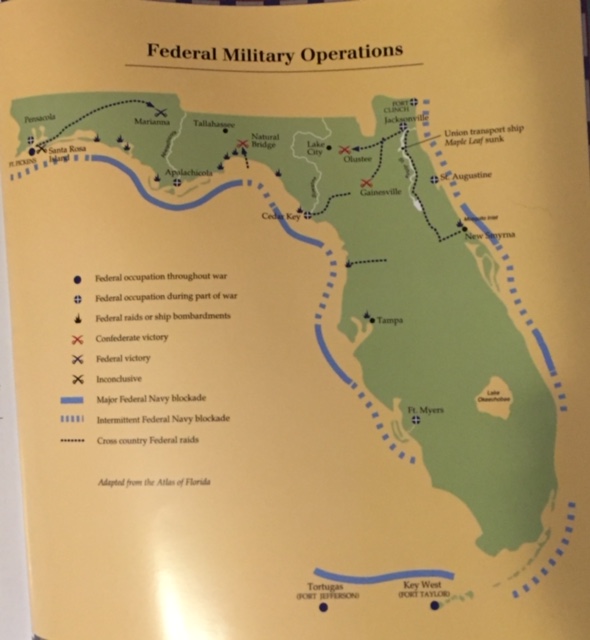
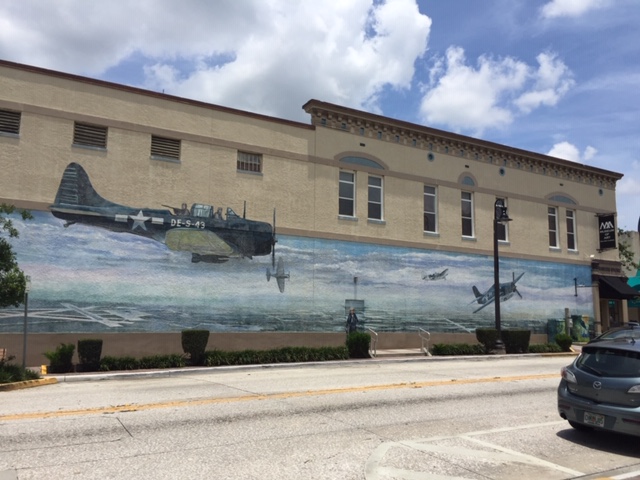
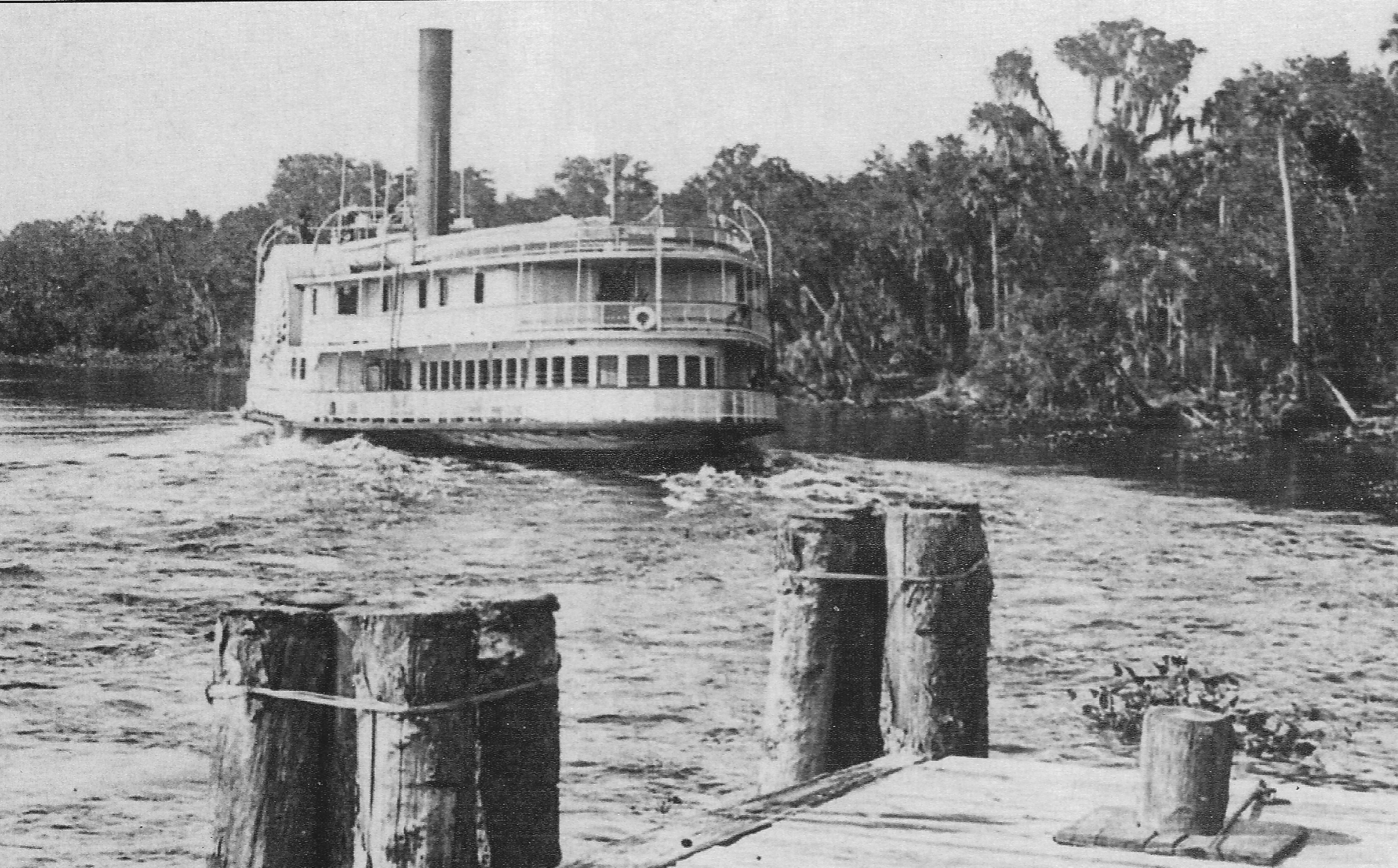
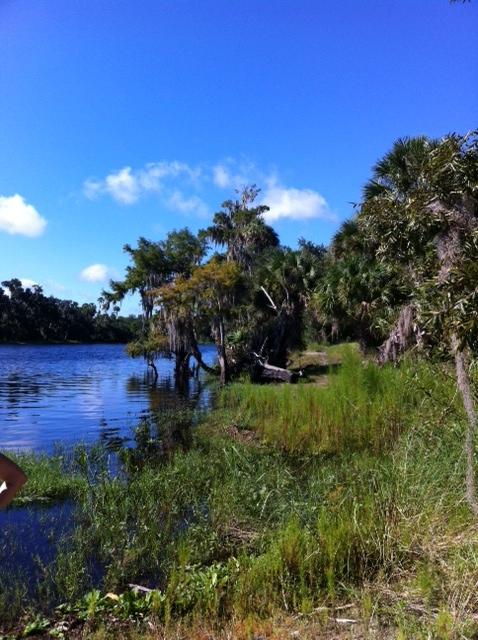
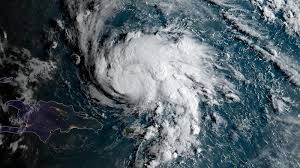 I grew up in Florida and I experienced some of what it was like to live through hurricanes here.
I grew up in Florida and I experienced some of what it was like to live through hurricanes here.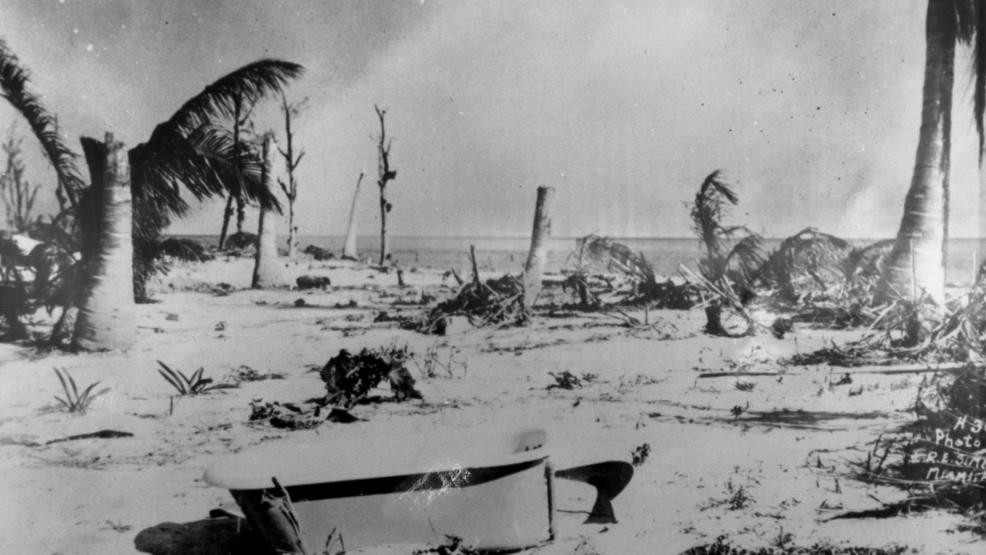
 All of these images brought home to me the stark reality of the relics that dotted the coastal highway from Flagler’s railroad. There was one particular spot along the roadway where I would see the eerie spectator of rails sticking up out of the water. I learned from experience that living in Florida came with the necessary need to learn how to adapt to its uniqueness.
All of these images brought home to me the stark reality of the relics that dotted the coastal highway from Flagler’s railroad. There was one particular spot along the roadway where I would see the eerie spectator of rails sticking up out of the water. I learned from experience that living in Florida came with the necessary need to learn how to adapt to its uniqueness.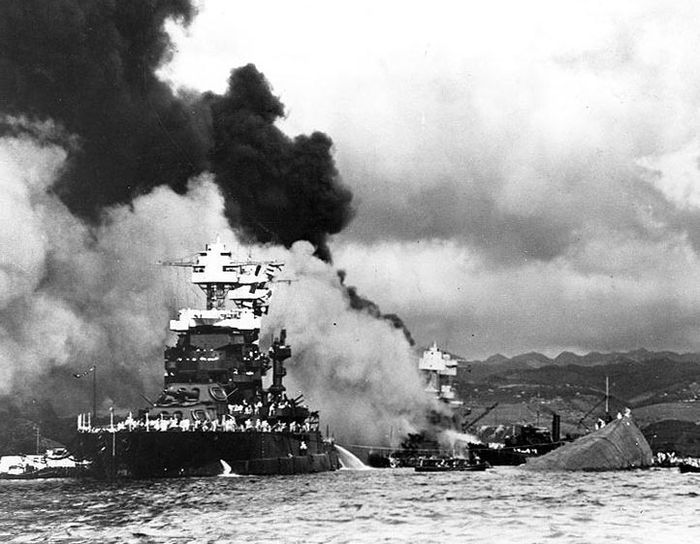
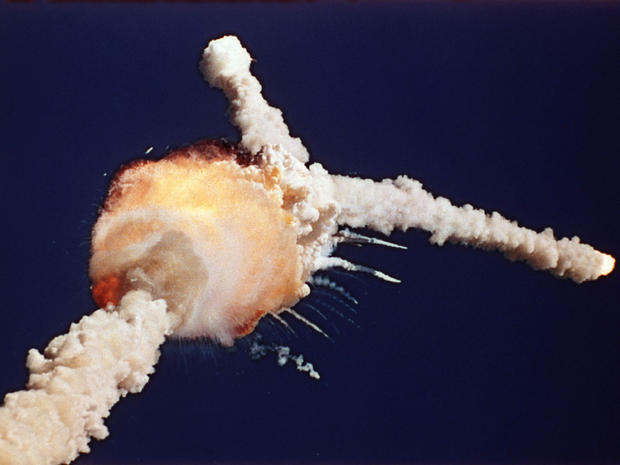

 Today, the farther we get over time from key events the more their meaning seems to be diminished or altogether forgotten. The entire Greatest Generation is nearly gone from us and people sometimes question the existence of some of the World’s most atrocious acts of inhumanity that occurred during WWII. According to studies done, students in school often don’t even know enough about the last global war to avoid repeating many of the actions that caused it. That’s not a good thing.
Today, the farther we get over time from key events the more their meaning seems to be diminished or altogether forgotten. The entire Greatest Generation is nearly gone from us and people sometimes question the existence of some of the World’s most atrocious acts of inhumanity that occurred during WWII. According to studies done, students in school often don’t even know enough about the last global war to avoid repeating many of the actions that caused it. That’s not a good thing.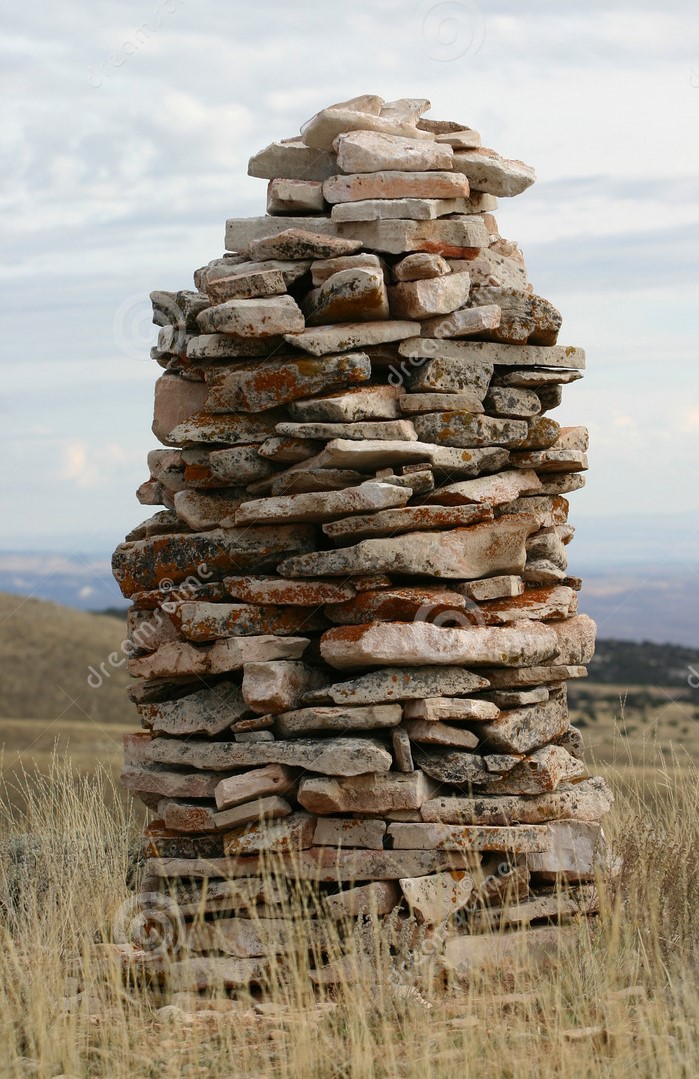 When we find our collective memory of key events and factors marking our history disappearing it’s time to reevaluate how we look at things. We’ve seen oppressed people in Eastern Europe tearing down statues and walls that divided them but we don’t need to remove or destroy our own monuments. Remembering all of these events and things are important to our understanding of ourselves. Our history helps us to find relevance in our lives and direction. All of these things serve as reminders and guideposts for us today.
When we find our collective memory of key events and factors marking our history disappearing it’s time to reevaluate how we look at things. We’ve seen oppressed people in Eastern Europe tearing down statues and walls that divided them but we don’t need to remove or destroy our own monuments. Remembering all of these events and things are important to our understanding of ourselves. Our history helps us to find relevance in our lives and direction. All of these things serve as reminders and guideposts for us today.